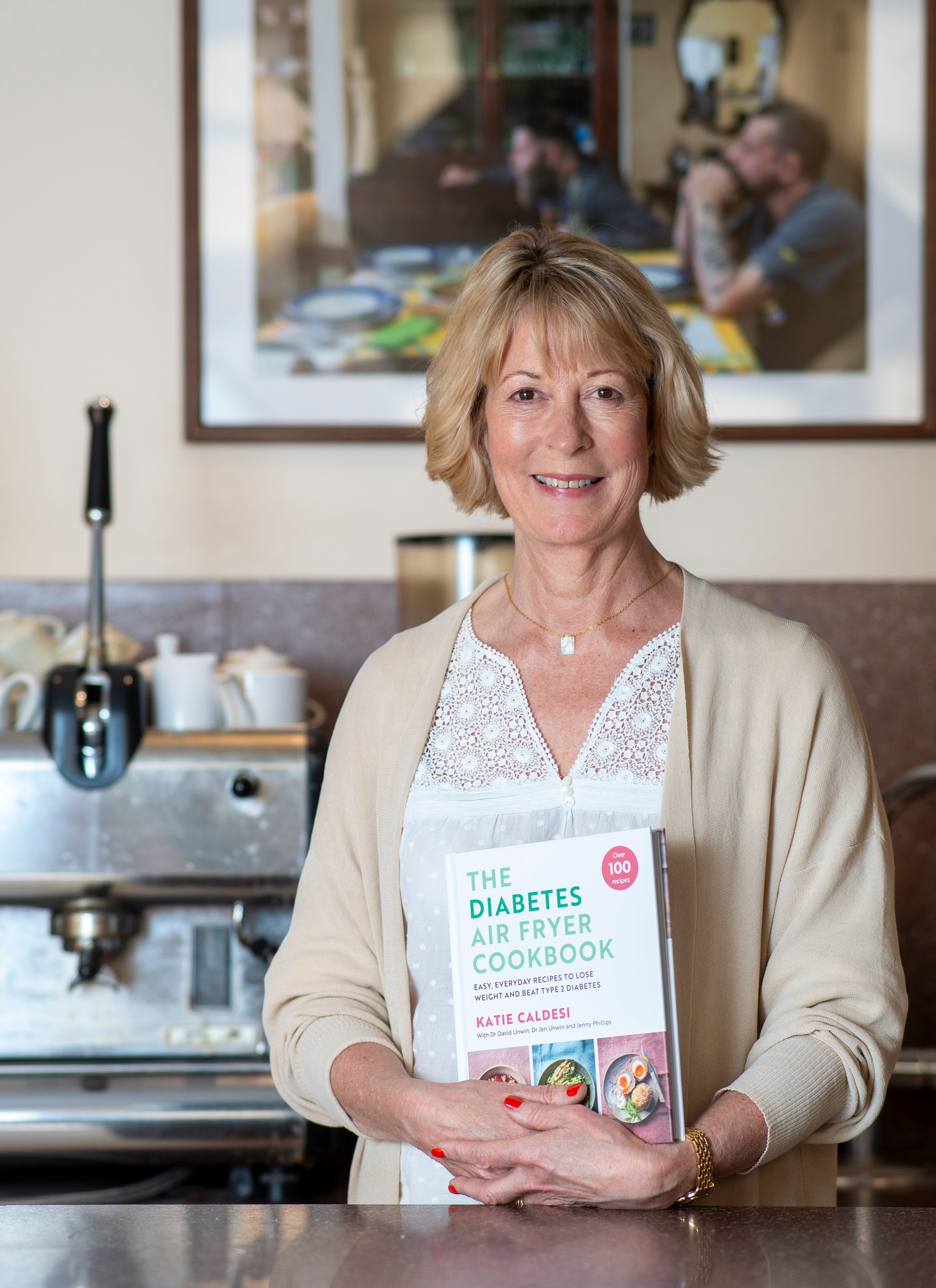ARTICLE AD BOX
Bump into food writer and restaurateur Katie Caldesi while hungry and she’ll have something for you, just maybe not the kinds of snacks you’re used to.
“I carry sardines in my handbag,” she explains, in all seriousness. “A teaspoon and a can of sardines. I know, it’s so weird, isn’t it? But it shouldn’t be weird, because actually it’s a really good idea. They’re 40p, easy to eat straight from the can, fill you up, high protein, healthy fats, so good for you.
“To eat a biscuit that’s ultra-processed and contains emulsifiers, additives, sugar and refined wheat, that’s not going to do you any good, that’s totally un-nourishing, I think that’s weird,” she continues. “Eating a can of sardines should be the norm.”
It makes sense when snacking on cakes, crisps and biscuits contributes to weight gain and obesity, increasing your risk of some cancers, heart disease, stroke and type 2 diabetes. According to Diabetes UK, one in five Brits has pre-diabetes or diabetes, 90 per cent of those have type 2 diabetes, which can be managed and even brought into remission with diet changes that lower blood glucose levels.
Caldesi’s husband, Italian chef Giancarlo Caldesi, has been in remission with type 2 diabetes for 12 years, since he adopted a low-carb diet. A change that Caldesi, 61, has written about in multiple cookbooks, including her latest, The Diabetes Air Fryer Cookbook, with Dr David Unwin, Dr Jon Unwin and nutritionist Jenny Phillips.
From veg-packed dishes to chicken wings you can make affordably at home, and celeriac and swede “fries” that won’t make your sugar levels spike, she’s got diabetics and the low-carb curious covered. “I’ve proved it’s damn easy to cook food that’s going to nourish you and do you good in an air fryer,” she says.
Around 68 per cent of us have an air fryer, and Caldesi was originally sceptical of the kitchen gizmo, but now she’s fully converted. Her two sons have left home, and Giancarlo works long hours at their restaurant, so she’s often cooking for one, making an air fryer ideal. “They’re fantastic things,” she says. “When the kids come home at weekends and everyone’s there, I still use it. I do things like padron peppers, that’s just so easy. I roast a pepper in 20 minutes, rather than having one pepper in an oven for 45 minutes.”
Before Giancarlo’s diagnosis, the Caldesis ate “an awful lot of pasta”. Giancarlo and one of their sons was also found to be gluten intolerant but slashing staples like bread, pasta, potatoes and rice from their diets has been thoroughly worth it. “My husband’s arthritis went, his gout went when he gave up the gluten. With him feeling so much better, it wasn’t that difficult to give up,” says Caldesi. “I lost a stone and a half. I’ve kept that off, and I’m so happy about that. I always struggled with my weight.”

While it was a challenge at first, “I would find it worse if someone said, ‘You can’t have any butter, cream or cheese’. I’d hate to give up fat, or meat. But giving up the white refined carbs was, ‘Well, I’ll have something else’. I didn’t really miss it,” she says.
Caldesi began baking gluten-free and low-carb bread (“My first attempts probably weren’t very nice, but at least I could have a sandwich,”) and recommends eating out of a bowl. “A lot of starches we’re used to putting on our plates are there to absorb a sauce – mashed potato, rice – but actually, if you eat out of a bowl and put vegetables there instead, and things are chopped up, you can eat with a spoon and you don’t miss the starches.”
Her other key piece of advice is: “If you take something away, you must put something in its place, because otherwise people just get stroppy, particularly a diabetic, because they have mood swings when they’re really hungry,” says Caldesi. “If you take crisps away, put a bowl of nuts out. If you take chocolate away, put a bowl of raspberries or carrot and red pepper sticks out and a nice dip.”
And “substitute carbs with lovely green vegetables”. Caldesi will make traditional Tuscan Ragu and serve it on a very small portion of pasta with green beans or cabbage ribbons. “It looks like pasta, it acts like pasta, but doesn’t give you a glucose spike. I serve a ragu with that, with cheese on top, and it’s lovely.”
To be clear, she’s not anti-carbs, “It’s not about eliminating carbs, it’s about reducing them,” she adds. After all, vegetables contain carbohydrates.
In the food world there’s much haranguing over the demonisation of food, but Caldesi saw how certain foods devastated her husband’s health. “He was in pain. His energy levels were awful. He fell asleep in the room where we were having a scan to find out the sex of our second child,” she says. “Diabetes is so unfunny and so awful and he probably would have had a limb amputated by now. It’s so bad in lots of ways that people don’t talk enough about. And so, do I want to demonise the food that got him there? In a way.”
People can get funny about other people’s diet choices and take it personally, which Caldesi is conscious of. “But at the end of the day, I still had a very sick husband, and I don’t anymore,” she says firmly. “I’ve had arguments in my family, with friends. People brought a box of Magnums to my house, and I was like, ‘No, I’m sorry. I don’t want them in the house. I’ll put them in the freezer, but you can take them home later,’ and I have to say, ‘I really don’t mean to offend you, but actually, that’s like giving poison to my husband. So no, don’t tempt him into it, because he’ll want one.”
“I don’t think I’m a killjoy,” she continues. “I just like to eat in an alternative way.”
‘The Diabetes Air Fryer Cookbook’ by Katie Caldesi (Hamlyn, £22).









 English (US) ·
English (US) ·